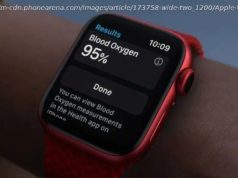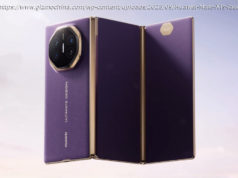In testing, Corning’s Gorilla Glass 6 survived 15 drops at waist-level height. The first smartphones are expected to begin using it by the end of this year.
The latest version of Corning’s Gorilla Glass is twice as durable as the previous generation, the company announced today.
Gorilla Glass 6 has been redesigned to include an extra “level of armor” that’ll help the material survive both repeated drops and drops from higher heights, Corning executives said at a company event in Sunnyvale, California.
On average, the new glass can survive 15 drops at the height of 1 meter (3.2 feet), or about waist-level height for most people.
That’s good news for smartphone owners, given that people generally drop their handsets seven times a year, said Corning vice president John Bayne. “We wanted to attack this problem of repeated drops,” he said.
Increasingly, more smartphone vendors are also wrapping their products entirely in glass, which can expose the material to more damage, said Corning technology manager Josh Jacobs.
In designing Gorilla Glass 6, Corning focused on increasing the durability of the glass not just on the surface, but deeper through the material. In the company’s own testing, about 77 percent of Gorilla Glass 6 samples survived 20 drops at a height of 1 meter. The glass tested was between 0.6mm to 0.8mm, the common thickness used in smartphone models.
Corning said the new glass is in production now; samples have been given to all the major smartphone brands. “You’ll definitely see it in products by the end of the year,” Bayne said.
However, one area Gorilla Glass 6 doesn’t improve on is scratch resistance. On that front, the material has the same durability as Gorilla Glass 5, which was used in nearly all the flagship smartphone models, including the Samsung Galaxy S9 and the LG V30.
The company expects more vendors to use the material, given how radio signals can easily penetrate the glass back of a smartphone. It also works well with wireless battery charging and can be fashioned to produce foldable displays in smartphones.






